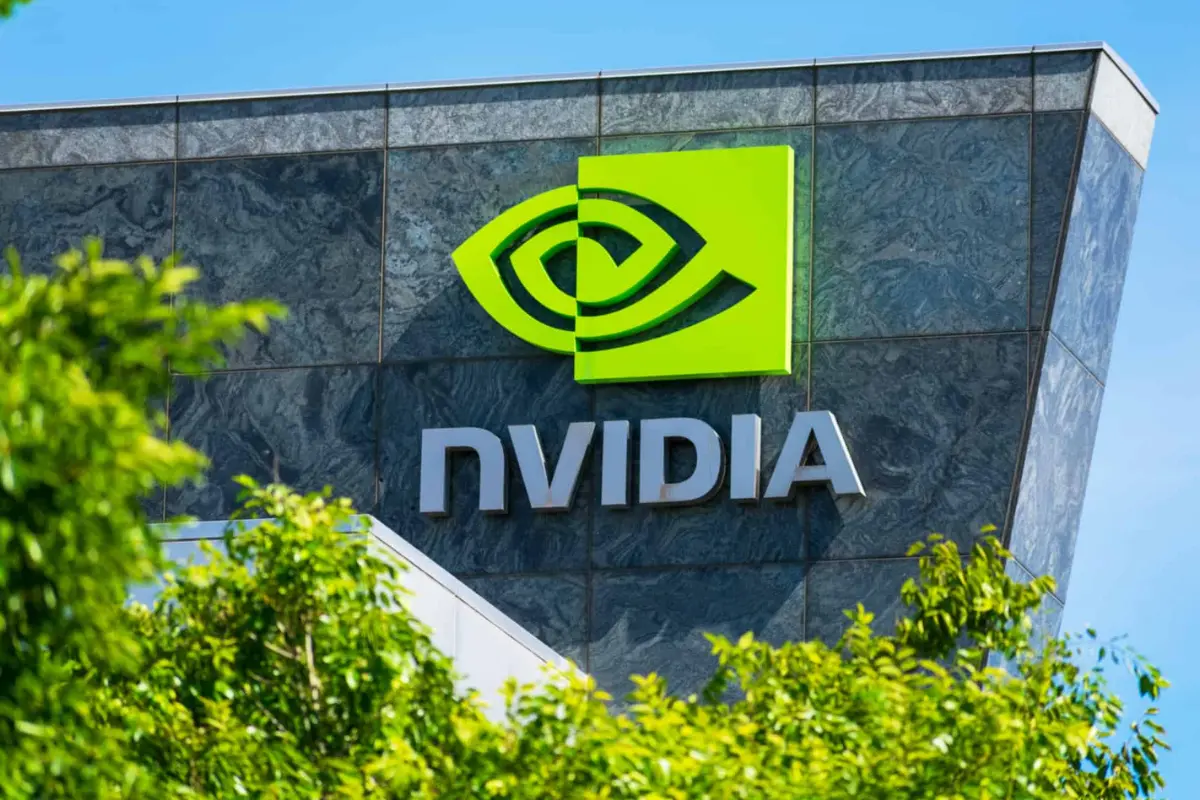How NVIDIA Became the World’s Most Valuable Company by Leading the AI Revolution
On June 18, 2024, NVIDIA made history by becoming the most valuable company in the world, reaching a staggering valuation of $3.34 trillion. This milestone is particularly remarkable considering that NVIDIA surpassed tech giants like Apple, Microsoft, Samsung, and Alphabet—companies that have dominated the industry for years.
How did NVIDIA, a company best known for its graphics cards, achieve this monumental success? The answer lies in a series of visionary moves that positioned NVIDIA at the forefront of the AI revolution.
How NVIDIA Became the World’s Most Valuable Company by Leading the AI Revolution:
The Humble Beginnings of NVIDIA
Founded in 1993 by Jensen Huang, along with two other engineers, NVIDIA started as a small company with a big idea. Huang, who had previously worked at AMD as a microprocessor designer, realized that the key to unlocking the full potential of personal computers was to offload graphics processing from the CPU. This led to the creation of the Graphics Processing Unit (GPU), a revolutionary piece of hardware designed to handle complex graphical tasks with unparalleled efficiency.
In 1999, NVIDIA released the GeForce 256, the world’s first GPU. This innovation transformed gaming by enabling faster, more detailed graphics and freeing up the CPU to handle other tasks, such as game physics. The GPU quickly became an essential component in both PCs and gaming consoles, catapulting NVIDIA into the limelight and establishing it as a household name in the tech industry.

The Bet on AI That Changed Everything
While NVIDIA’s success in the gaming industry was significant, it was their early bet on AI that truly set them apart. In 2006, NVIDIA introduced CUDA (Compute Unified Device Architecture), a software platform that allowed developers to harness the full power of NVIDIA GPUs for non-graphical tasks.
CUDA enabled parallel processing, allowing complex computations to be broken down into smaller tasks that could be processed simultaneously by the thousands of cores in a GPU. This made NVIDIA GPUs the go-to choice for industries beyond gaming, including video editing, financial modeling, cryptocurrency mining, and most importantly, AI.
As AI development began to take off, NVIDIA found itself at the center of the action. Researchers and tech companies alike relied on NVIDIA’s powerful GPUs to build and train AI models. Whether it was Tesla developing self-driving cars or researchers simulating complex biological processes, NVIDIA’s technology became indispensable. The company’s foresight in developing CUDA and investing in AI hardware early on paid off, as NVIDIA GPUs became the backbone of the AI industry.

The AI Boom and NVIDIA’s Dominance
The explosion of AI applications in recent years has only solidified NVIDIA’s dominance. The company’s GPUs are now used in everything from generating images with AI to powering the cloud-based infrastructure that supports much of the internet.
For instance, Amazon Web Services (AWS), the world’s most widely adopted cloud service provider, relies heavily on NVIDIA technology. This means that whenever you visit a website or use an online service, there’s a good chance that NVIDIA’s GPUs are playing a role in delivering that content to you.
NVIDIA’s leadership in AI has also been bolstered by high-profile projects like Tesla’s supercomputer cluster at Tesla Giga Texas, which uses $50,000 worth of NVIDIA GPUs to improve their self-driving technology. As AI continues to grow, so too does NVIDIA’s influence, making the company not just a leader in graphics technology but a cornerstone of the digital age.

The Strategic Stock Split and Its Impact
In addition to their technological advancements, NVIDIA made a strategic financial move that further boosted their value. In 2024, the company announced a 10:1 stock split, making NVIDIA shares ten times more affordable for new investors. This move came at a time when global interest in AI was at an all-time high, making NVIDIA an attractive investment option for those looking to capitalize on the AI boom.
The stock split not only made it easier for individual investors to buy into NVIDIA but also created a surge in demand that helped propel the company’s market value to unprecedented heights.
The Future of NVIDIA and AI
Despite a recent market correction that saw NVIDIA’s value drop slightly, the company remains a dominant force in the tech industry. Questions about the sustainability of AI’s rapid growth and its environmental impact have been raised, but there’s no denying that AI is here to stay. As the world becomes increasingly digital, NVIDIA’s technology will continue to power everything from virtual movie production to advanced medical simulations, and possibly even the much-anticipated metaverse.
Conclusion
In conclusion, NVIDIA’s rise to become the most valuable company in the world is a testament to its visionary leadership, strategic investments, and relentless innovation. By recognizing the potential of AI early on and developing the tools needed to support it, NVIDIA has not only transformed industries but also reshaped the future of technology. As AI continues to evolve, NVIDIA is well-positioned to remain at the forefront, driving innovation and maintaining its status as a tech giant.
FURTHER READING







